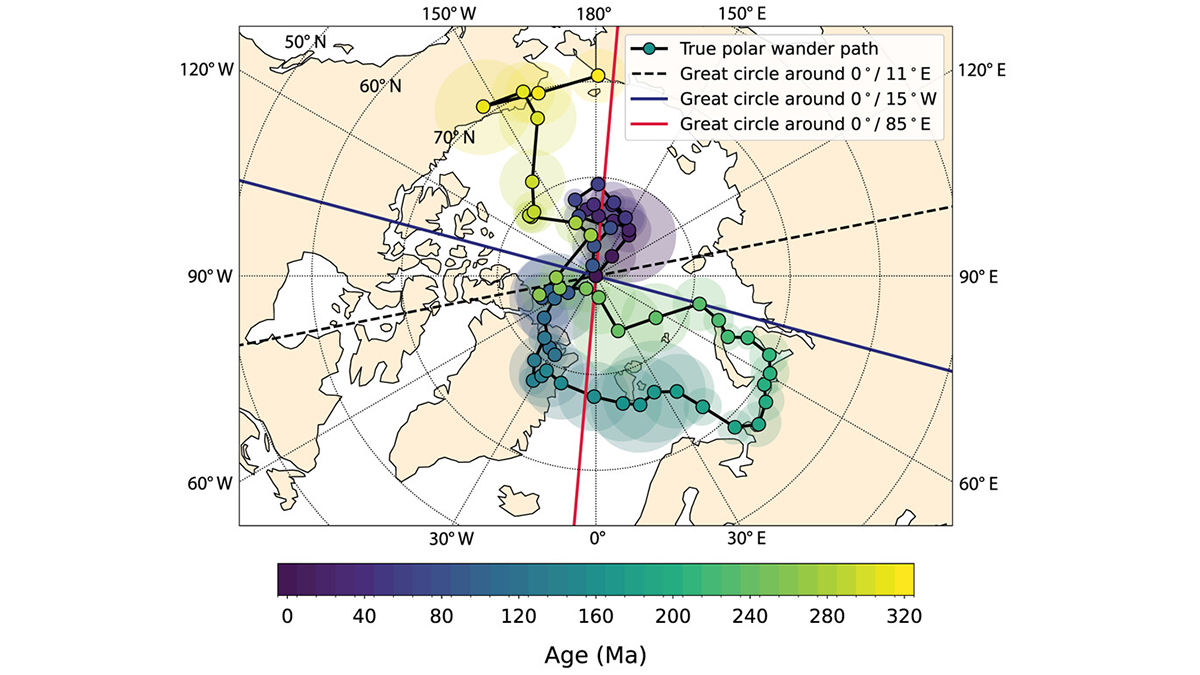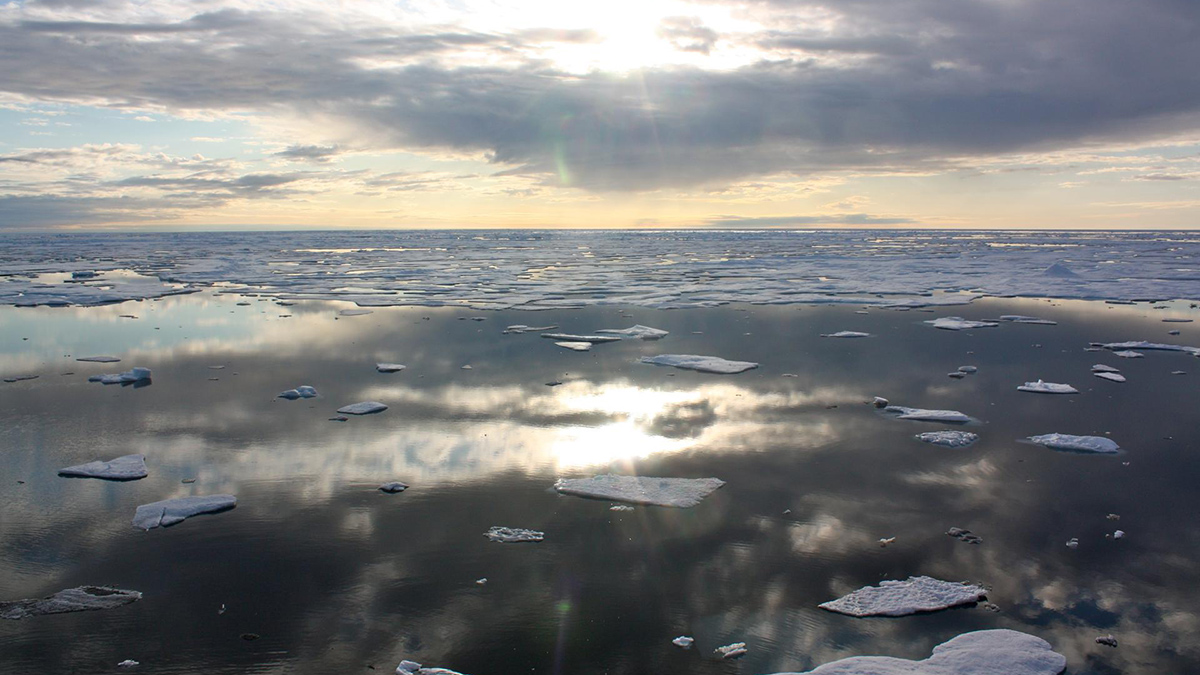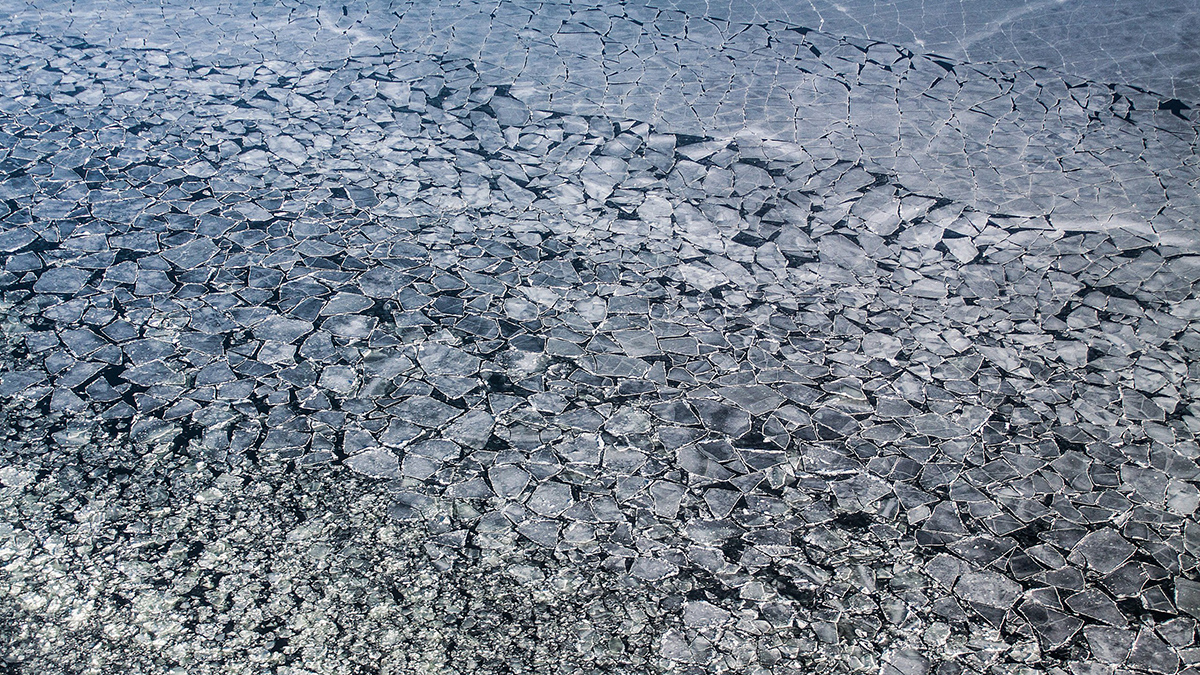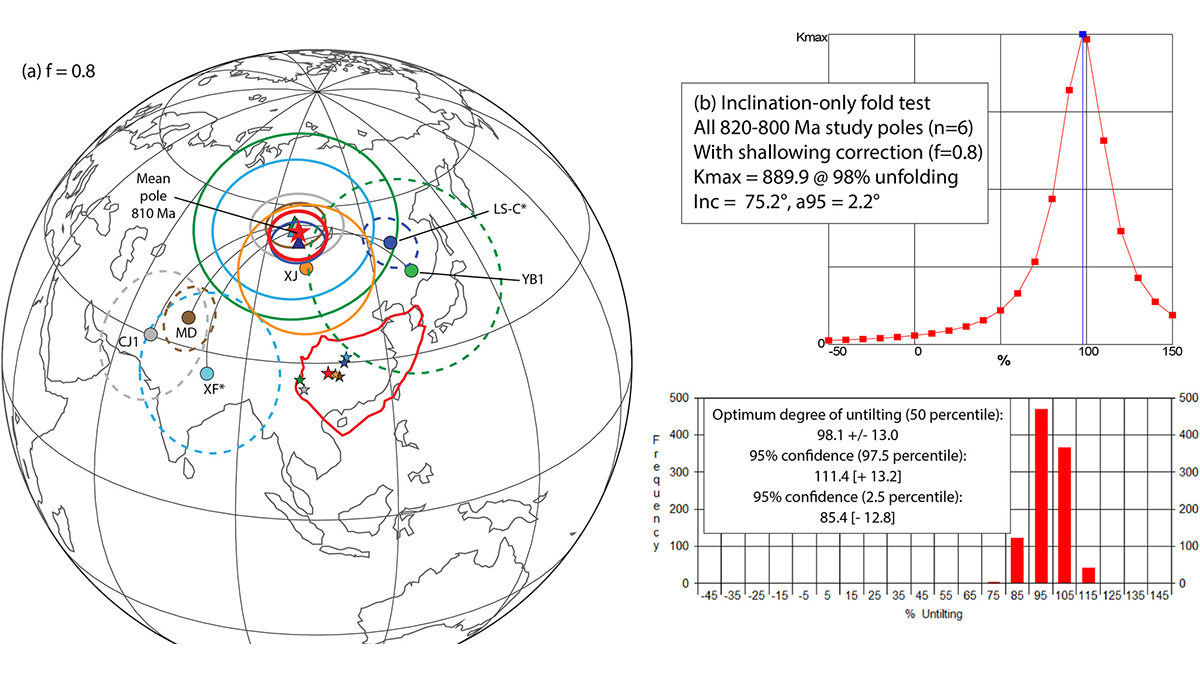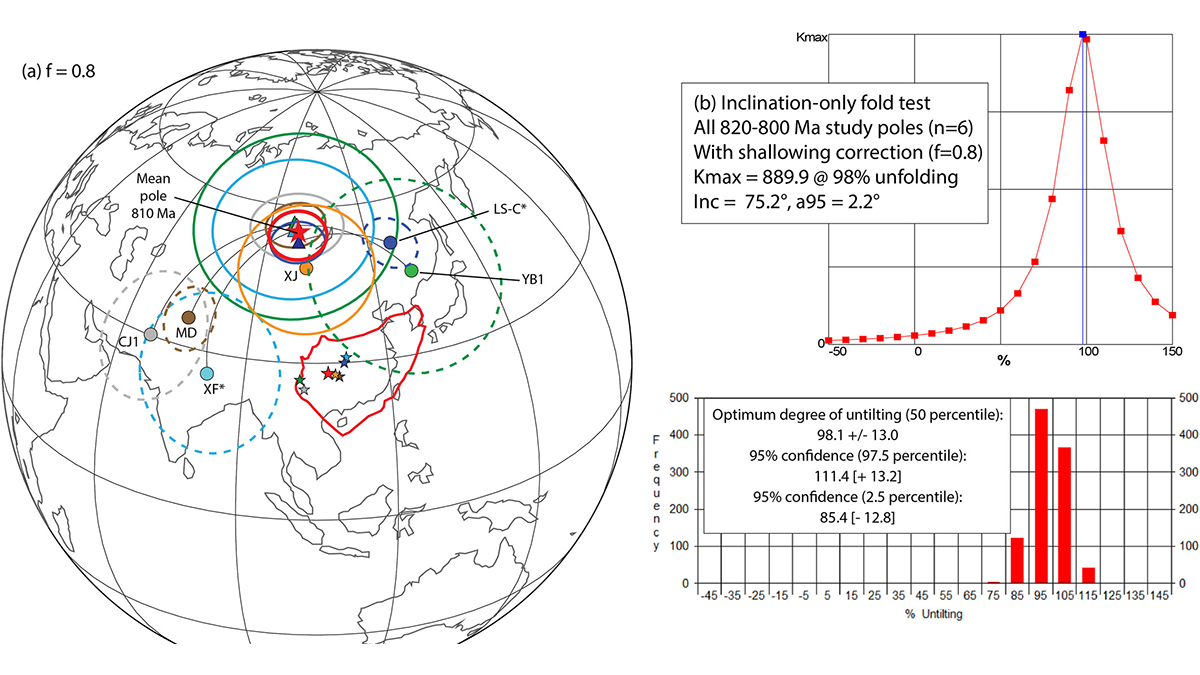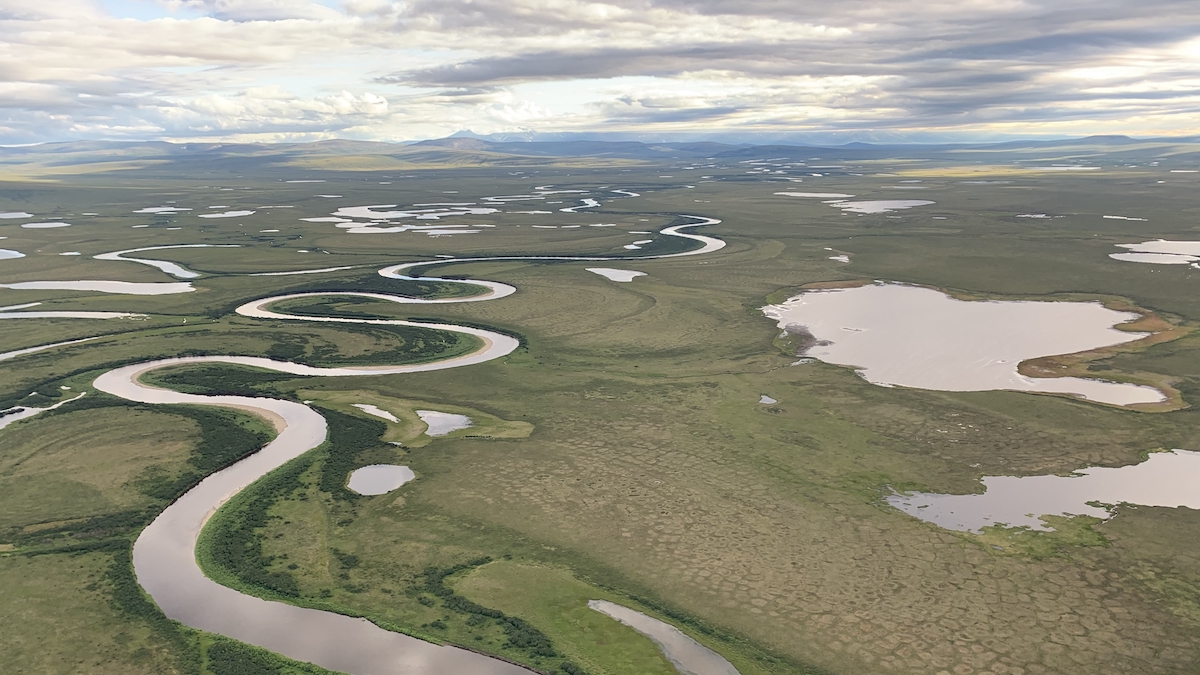A reanalysis of paleomagnetic poles provides tighter bounds on the style and rate of motions of our whole planet with respect to its rotation axis.
poles
Another Hot Arctic Year Indicates a New Climate Regime
NOAA’s annual Arctic Report Card illustrates a warmer, wetter, and increasingly wonky Arctic climate.
What’s Next for Science? Look in the Mirror
AGU24 gives us an opportunity to reflect on how science can grow in breadth and depth and how scientific communities can help define the future.
Heat Moves More Freely Through Warmer Sea Ice Than Scientists Thought
Flowing brines transport heat more effectively than old models showed, potentially changing climate simulations.
Scientists Captured the First Glimpse of a Rare Polar Aurora
After a decade-long search, scientists captured a type of elusive aurora on camera.
Britney Schmidt: Following the Ice
An Earth and planetary scientist is most at home in cold places that mimic the worlds of the outer solar system.
GAD is Enough!
An exhaustive study in China finds no need to invoke extreme true polar wander nor anomalous geomagnetic fields in the early Neoproterozoic.
Monitoring Polar Ice Change in the Twilight Zone
Landsat’s new extended data collection program is mapping Arctic and Antarctic regions year-round, even in polar twilight.
Another Record-Breaking Year in the Arctic Amplifies Calls for More Data
A downward spiral of the Arctic’s ecological health and climatic conditions continued in 2023, causing problems for people, plants, and animals, according to a new NOAA report.

